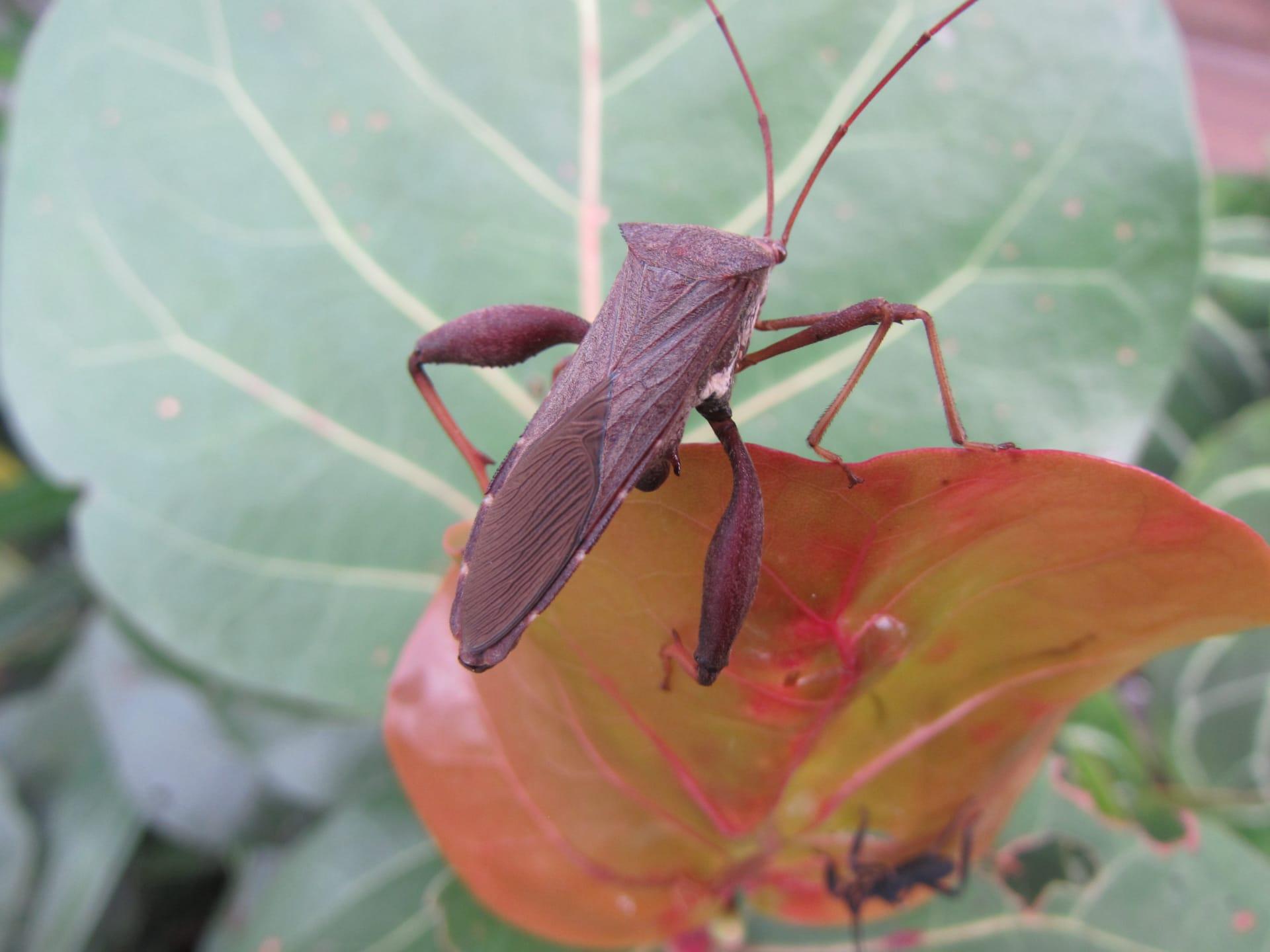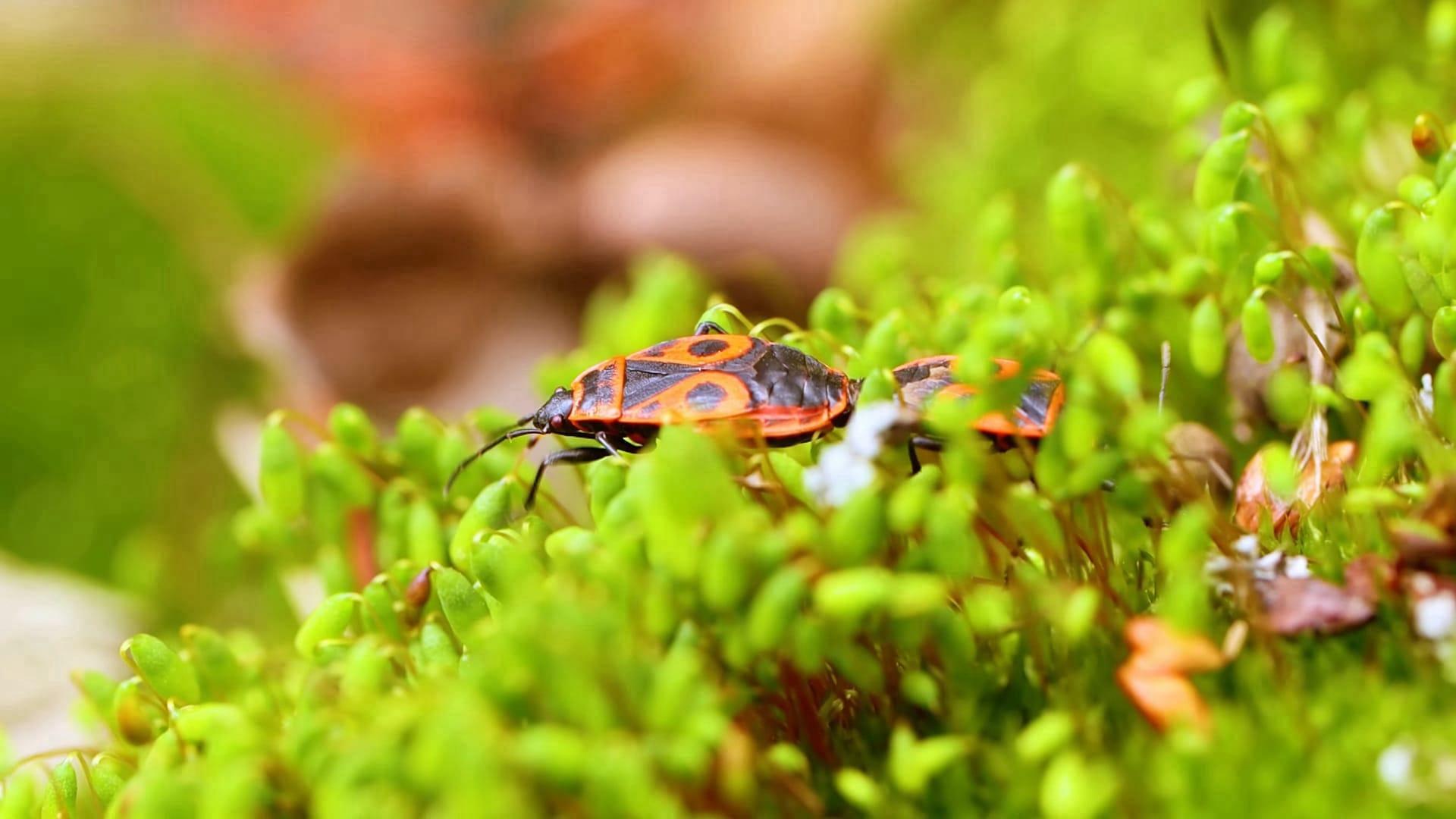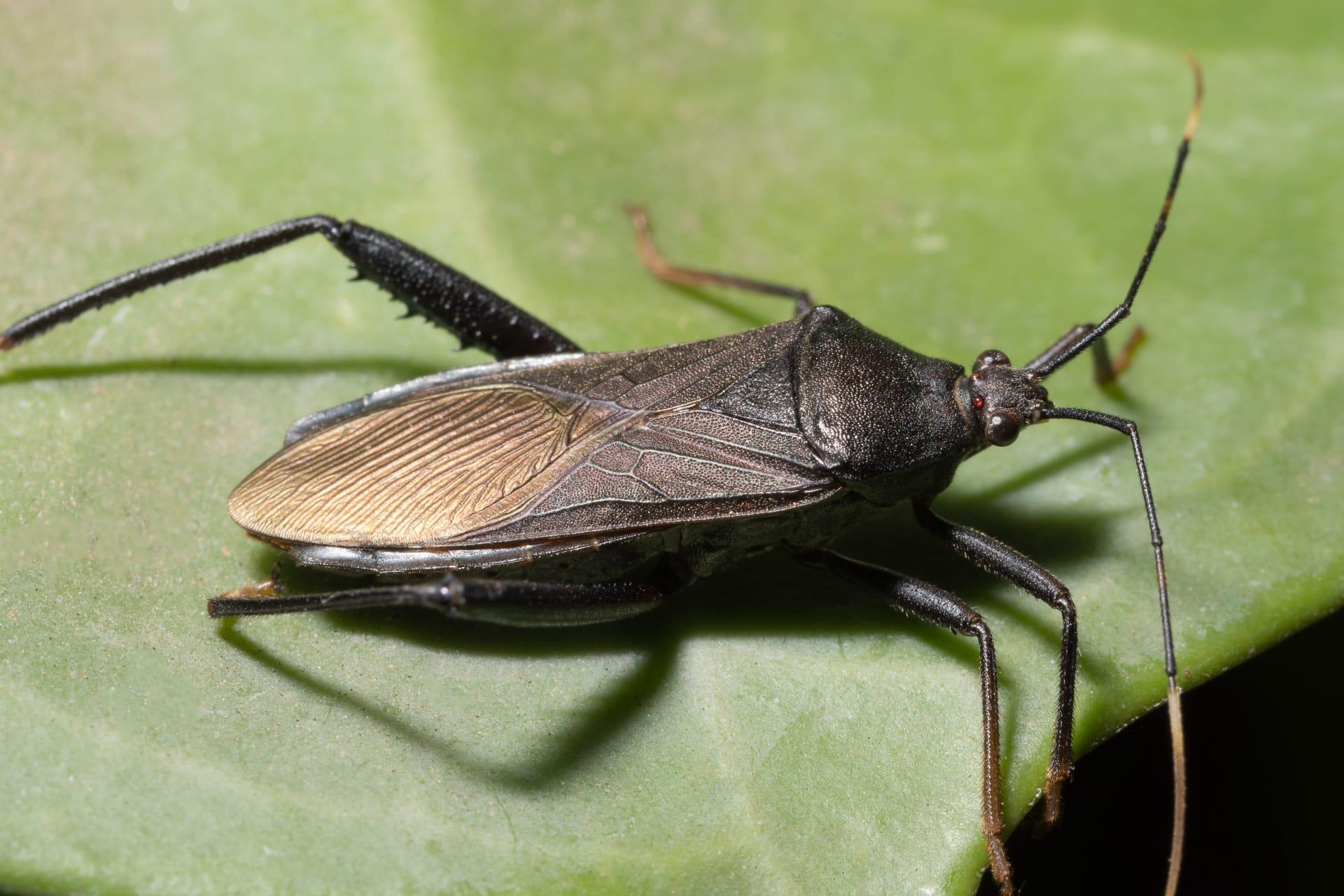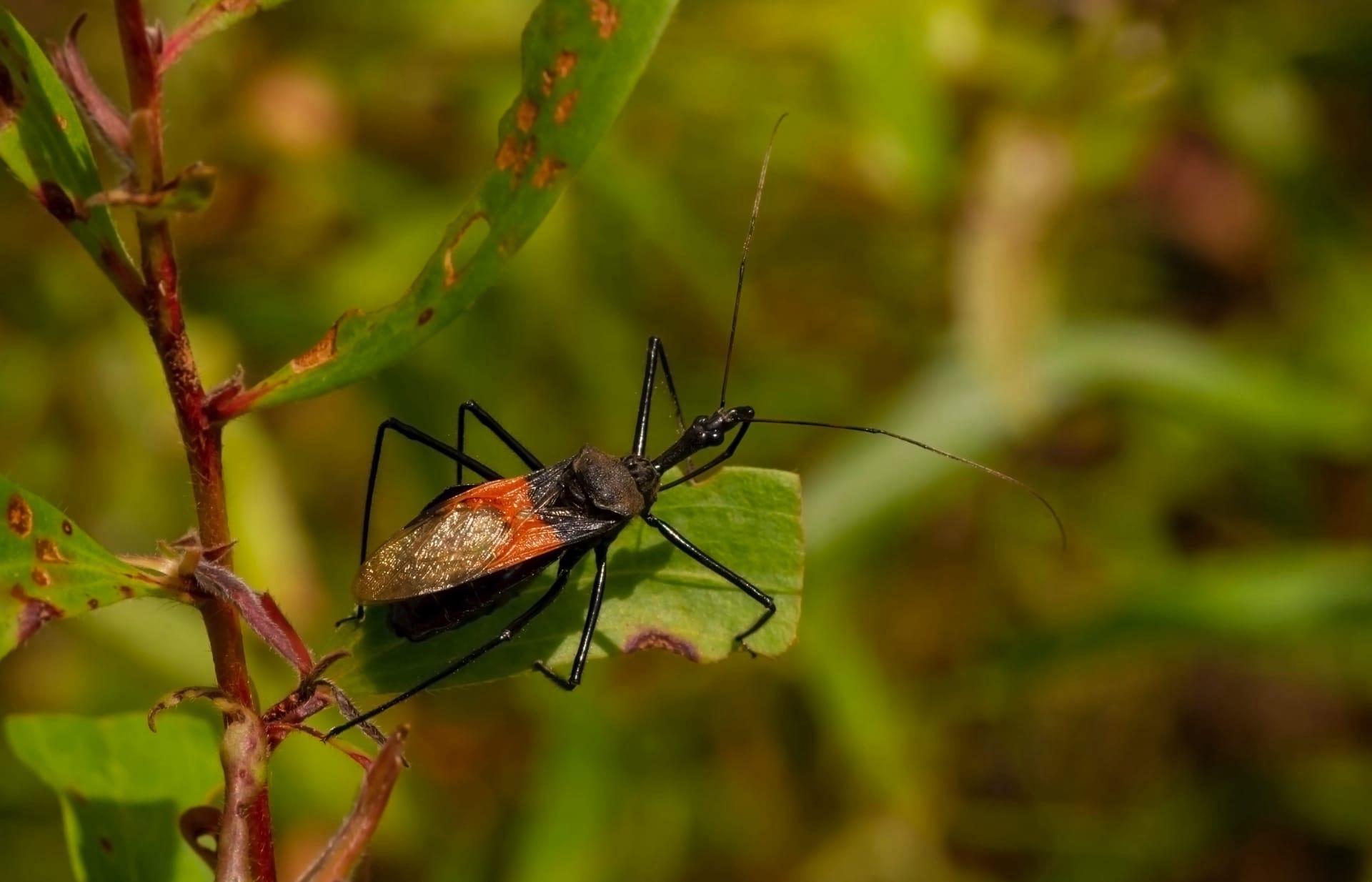Assassin Beetle Characteristics
- Home /
- Mini Encyclopedia /
- Animal /
- Assassin Beetle Characteristics
1
Assassin Beetles, scientifically named Reduviidae, are a fascinating group in the insect world. They typically measure between 0.4 to 1.6 inches (1 to 4 centimeters) in length, displaying a range of sizes across different species. Their lifespan, intriguingly, can vary from one to several years depending on environmental factors and species. What makes these beetles stand out is their robust and elongated bodies, often with a distinctively narrowed neck, creating a striking appearance.
One of the most remarkable organs of the Assassin Beetle is its rostrum, an elongated, segmented beak-like structure. This specialized organ serves as a lethal weapon and a feeding tool. It injects venom into prey, which includes a variety of other insects, effectively paralyzing them. Moreover, the rostrum is also used to suck out the liquefied insides of its victim, demonstrating a unique and efficient feeding mechanism in the insect kingdom.

2
Question: What do Assassin Beetles typically feed on?
Answer: Assassin Beetles are predatory and their diet primarily consists of other insects. They use their piercing rostrum to inject venom into their prey, which includes beetles, caterpillars, and various soft-bodied insects. After immobilizing their prey with venom, they then use the same rostrum to extract the internal fluids, showcasing their role as natural pest controllers in their ecosystems.

3
Assassin Beetles exhibit remarkable agility and speed in their movements, a trait essential for their predatory lifestyle. They are known for their swift running and adept climbing abilities, enabling them to effectively hunt and capture their prey. Their legs are well-adapted for rapid movement, often surprising their prey with their quickness.
When it comes to feeding habits, these beetles are known for their unique method of consuming prey. Once they have immobilized their target with venom, they proceed to insert their rostrum and consume the liquefied internal contents. This method of feeding not only ensures efficient nutrient absorption but also minimizes the risk of injury from struggling prey.

4
Assassin Beetles inhabit a diverse range of environments, from tropical rainforests to arid deserts. They are versatile and can be found in various habitats, including under rocks, in leaf litter, or on tree bark. This adaptability to different environments highlights their resilience and ability to thrive in various ecological niches.
In terms of reproduction, Assassin Beetles lay eggs on or near potential food sources for their larvae, like insect colonies. The larvae are often camouflaged and mimic their surroundings to avoid detection by predators. This reproductive strategy ensures the young have immediate access to food, increasing their survival rate.

5
Book: "The Secret World of Reduviidae: Understanding Assassin Beetles" by Dr. Emily H. Green, published in the United Kingdom in 2018. This book offers a comprehensive overview of Assassin Beetles, delving into their biology, behavior, and ecological significance. Dr. Green's work is renowned for its in-depth research and accessible writing style, making it a valuable resource for both entomologists and nature enthusiasts.
Book: "Predators in Miniature: The Life and Times of the Assassin Beetle" by Prof. Jonathan L. Webb, released in the United States in 2020. This book focuses on the predatory behaviors and survival strategies of Assassin Beetles. Prof. Webb combines scientific research with engaging narrative to illustrate the important role these insects play in their ecosystems, appealing to readers interested in insect biology and environmental science.